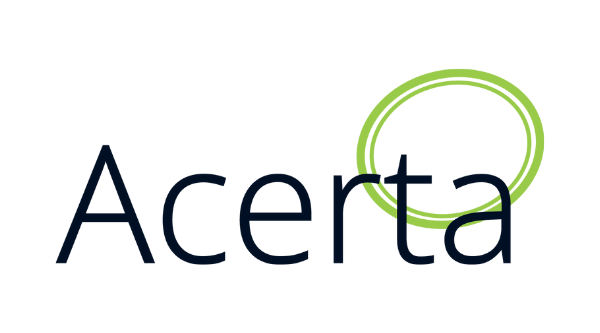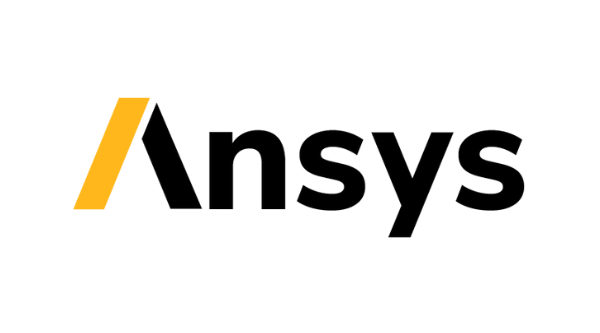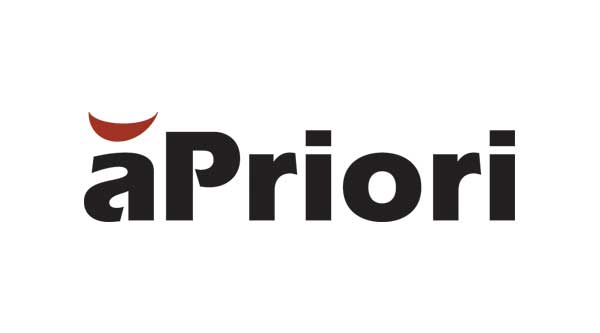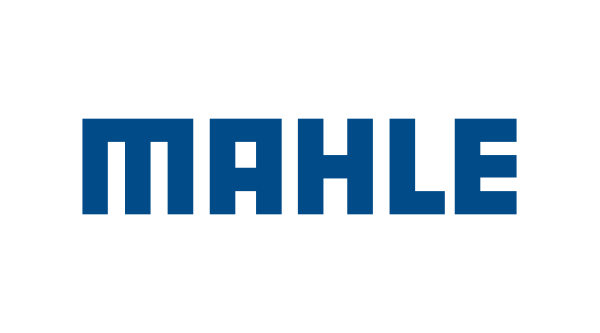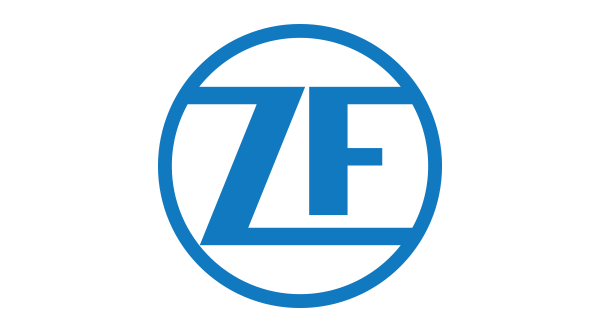September 15-17, 2025 | Michigan Central Station | Detroit, MI
For 60 years, the CAR MBS has been the definitive automotive industry event, bringing together the brightest minds and boldest ideas to shape the road ahead. This year, buckle up for a seismic shift. We’re not just turning the page – we’re rewriting the playbook. Get ready for high-impact speakers, game-changing topics, and an electrifying atmosphere charged by our powerful legacy of convening stakeholders. Join us as we shift gears for the future. Automotive industry decision-makers – this is your chance to connect with the industry’s elite, ignite your strategic thinking, and drive your organization forward. And keep in mind the networking at MBS is unparalleled!

A NEW ERA,
A NEW HOME
In 2025, MBS returns to its industry roots, the heart of the American automotive industry: Detroit. This historic city, once the epicenter of global automotive innovation, is the perfect backdrop for a conference that will redefine the future of mobility.
Michigan Central Station’s remarkable transformation from a symbol of decline to a beacon of hope aligns perfectly with the MBS’s commitment to innovation and progress.
Experience this high-profile event where policymakers, industry titans, and tech disruptors converge to explore pressing global issues where policy, technology, and innovation intersect.
PAST FEATURED SPEAKERS INCLUDED:

President and CEO
Continental Automotive, North America

President of Bosch Mobility - Americas
Bosch

SVP- Transformation and Special Projects
Aptiv

President & CEO
Karma Automotive

Vice President of Strategic Technology Initiatives
General Motors

President, North America
Ricardo

Head of NA Battery Development Center
LG Energy Solutions

Director, Global Public Policy
Toyota North America

Governor
State of Michigan
Invited
Showcase Your Organization
CAR MBS features an audience of some of the top decision makers in automotive. For more information on how your company can engage with CAR on this event, please contact: Mark Garrison | [email protected]
Companies that have attended MBS:
All proceeds from CAR MBS support our nonprofit mission.



